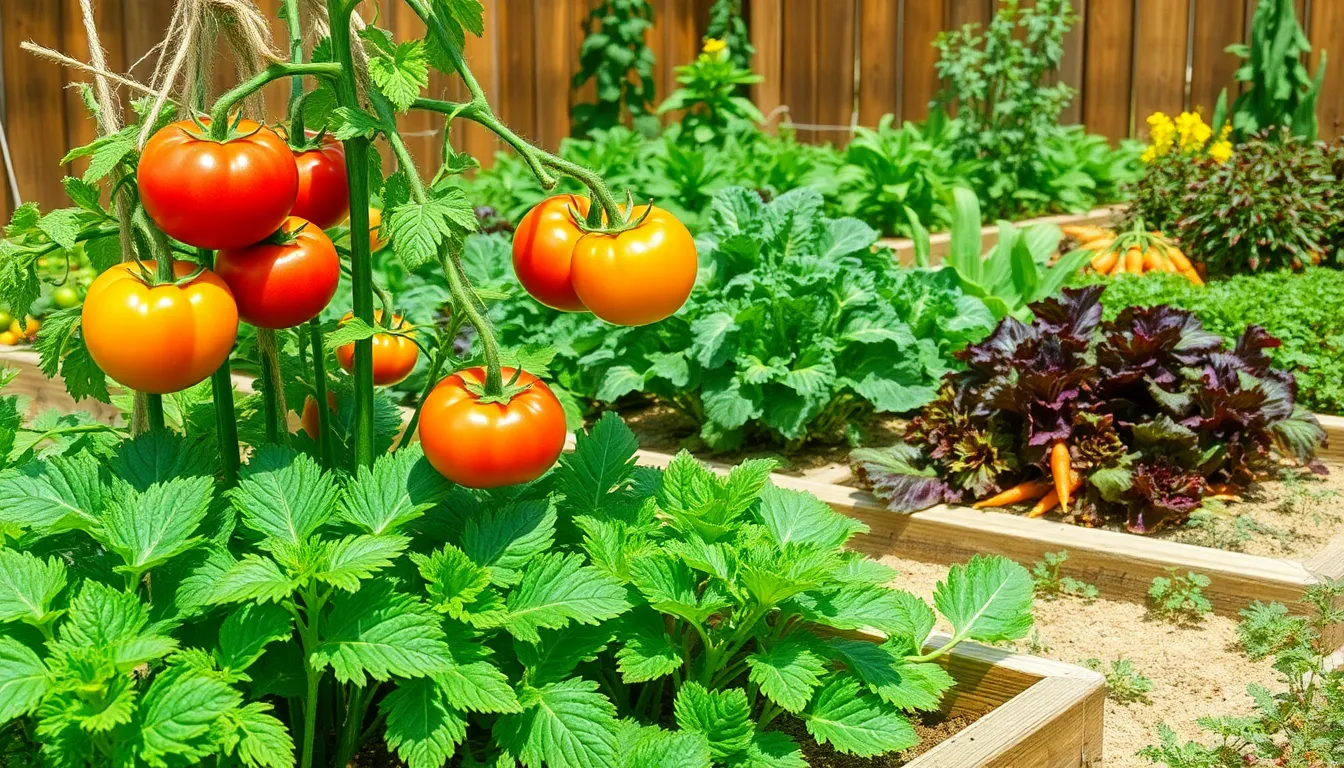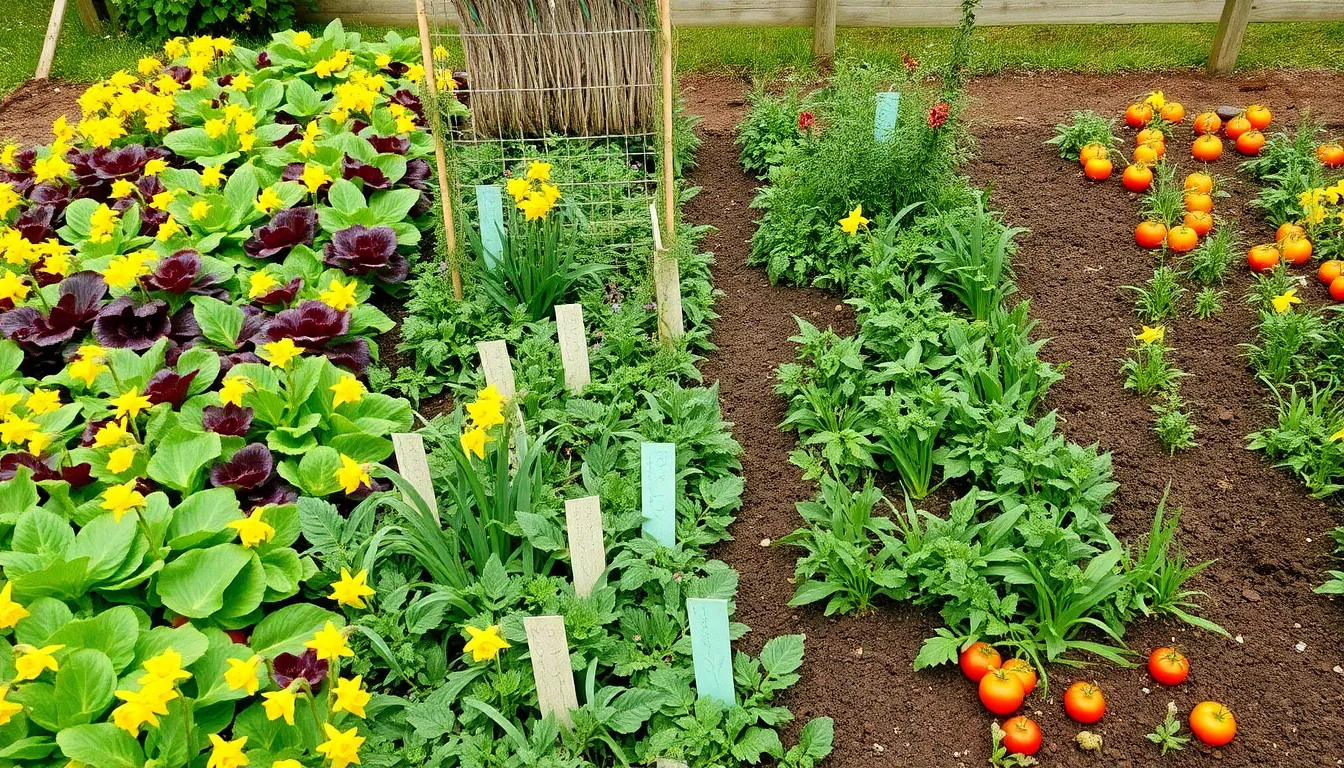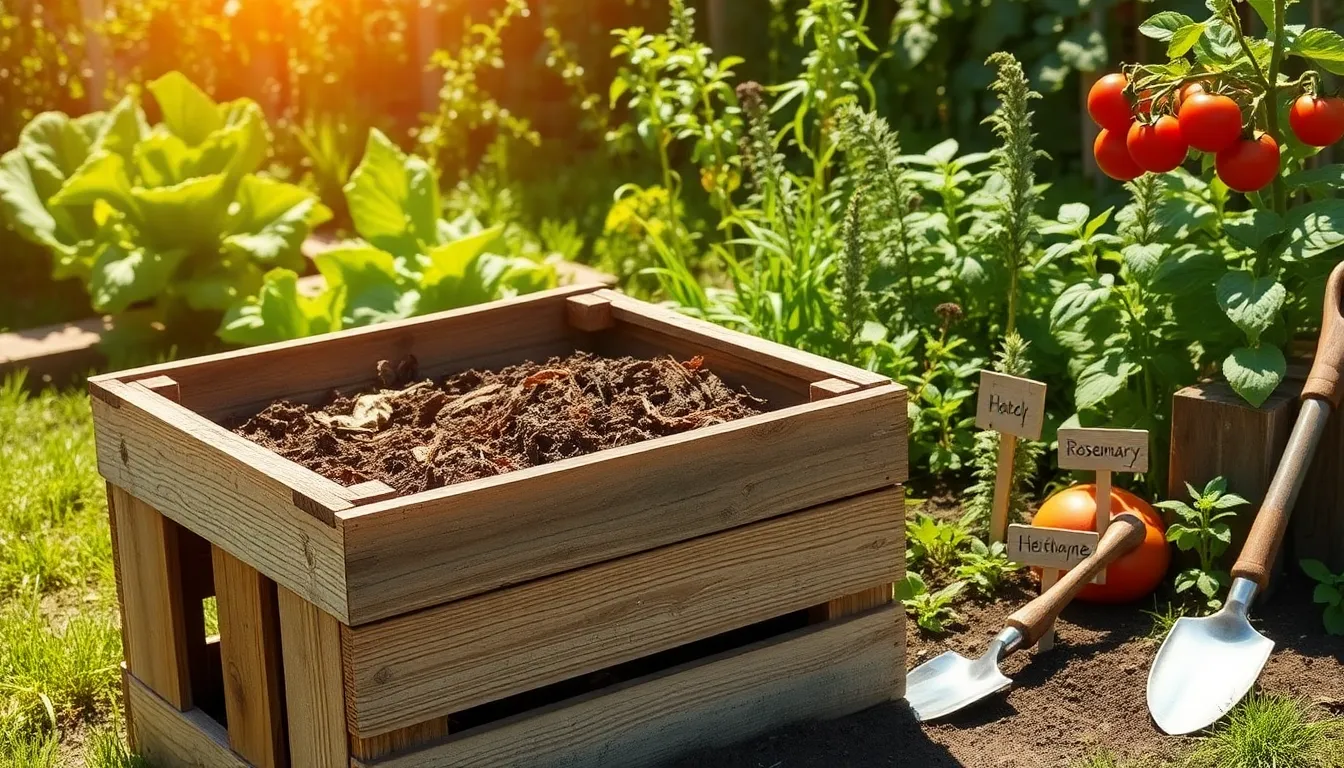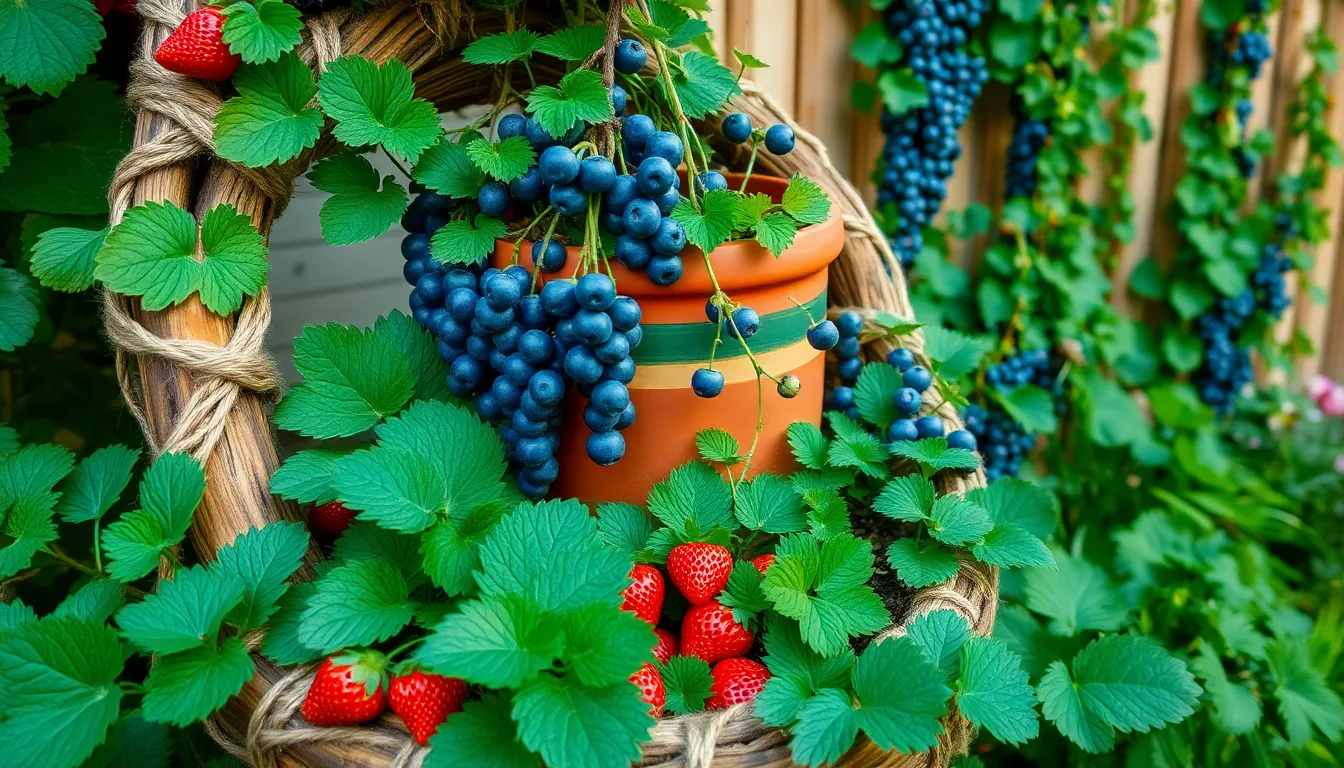Welcome to “Best Vegetables to Grow in Your Backyard Garden,” where the promise of fresh, home-grown produce awaits you, no matter your gardening experience. Whether you’re getting your hands dirty for the first time or you’re a seasoned gardener with a green thumb, this guide offers a curated selection of vegetables that flourish in backyard settings, bringing both flavor and fulfillment to your table.
With each turn of the page, you’ll discover the joy and rewards of tending to your own patch of earth, savoring the satisfaction that comes from nurturing plants from seed to harvest. The vegetables showcased in this guide are chosen not just for their resilience and adaptability, but also for their ability to enrich your meals and elevate your gardening confidence, ensuring your efforts are met with success.
Ultimately, this guide is your trusty companion in transforming your backyard into a vibrant, productive haven of abundance. By following our practical tips and insights, you’ll reap the delicious benefits of your labor, cultivating a garden that feeds both body and spirit.
Bell Peppers (California Wonder)

Growing ‘California Wonder’ bell peppers can be a rewarding addition to your backyard garden. These peppers thrive in warm climates, so start seeds indoors 8-10 weeks before the last frost date to extend the growing season.
Once seedlings have developed their first true leaves, transplant them outdoors when temperatures consistently reach above 70°F. Ensure you plant them in well-draining soil enriched with compost, maintaining a pH between 6.0 and 6.8 for optimal growth.
Water consistently to keep the soil moist but not waterlogged, aiming for about 1-2 inches of water per week. Mulching around the base of the plants can help retain moisture and suppress weeds, promoting healthier growth.
For a bountiful harvest, consider staking or caging the plants to support their weight and prevent breakage. Feeding your peppers with a balanced vegetable fertilizer every 4-6 weeks will provide the nutrients needed for a robust yield.
Zucchini (Black Beauty)
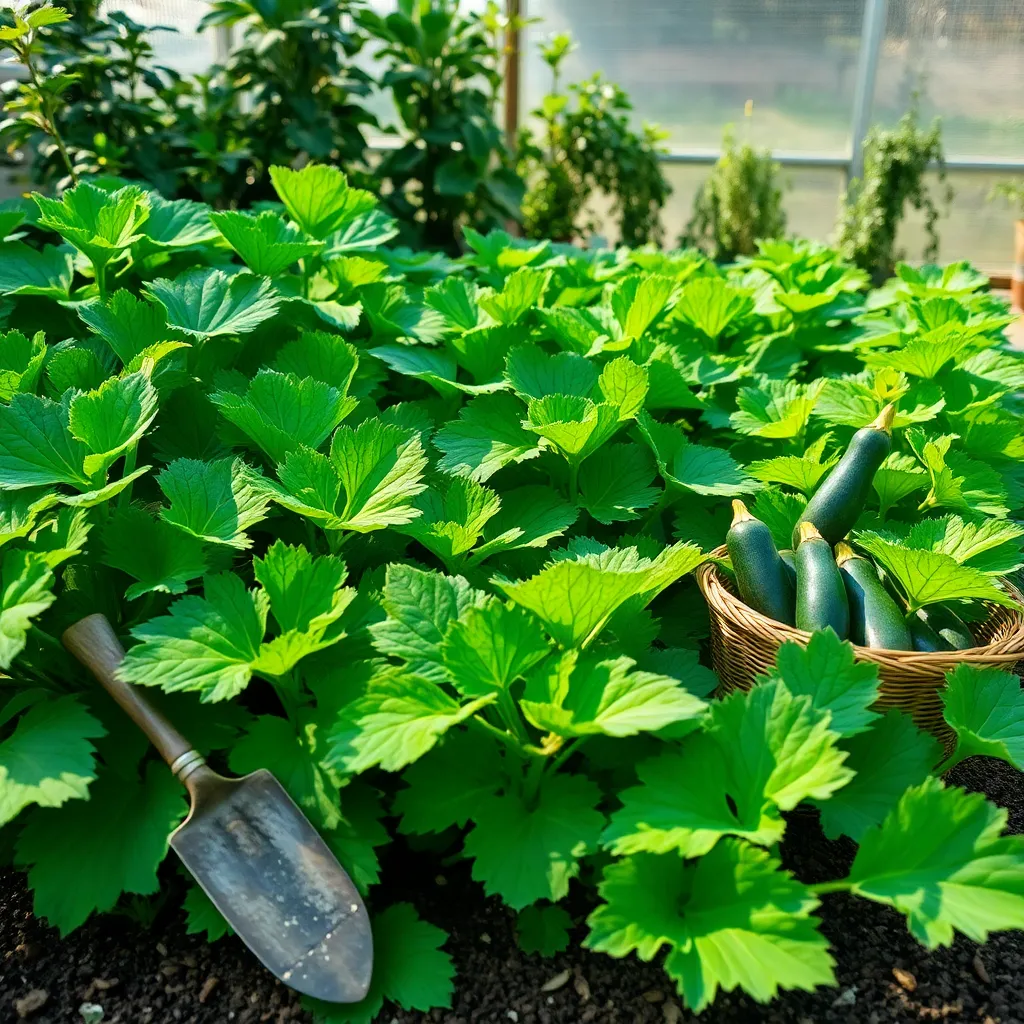
Black Beauty zucchini is a popular choice for backyard gardens due to its high yield and versatility. This variety thrives in warm climates and requires a sunny spot to produce the best fruit.
Start by planting seeds directly in the ground after the last frost, spacing them about 2-3 feet apart to allow for healthy growth. It’s crucial to plant them in well-draining soil enriched with organic matter to support their nutrient needs.
Watering is essential for zucchini, so aim to keep the soil consistently moist but not waterlogged. Mulching around the base of the plants can help retain moisture and suppress weeds, making maintenance easier.
As the plants grow, consider using a trellis to support the vines and improve air circulation, reducing the risk of fungal diseases. Regular harvesting encourages more fruit production, so pick zucchini when they are about 6-8 inches long for the best flavor and texture.
Carrots (Nantes)
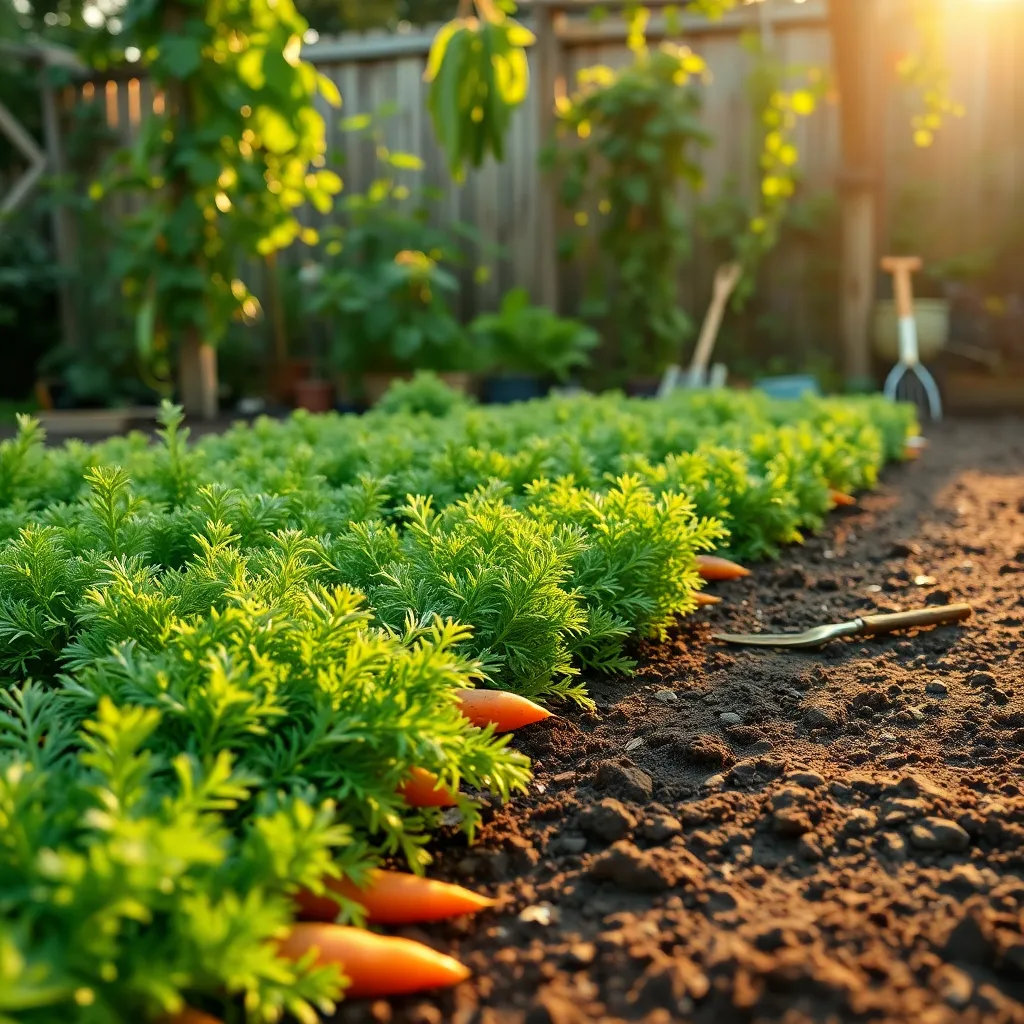
Carrots (Nantes) are a fantastic choice for both novice and seasoned gardeners, thanks to their sweet flavor and crunchy texture. These carrots thrive best in loose, well-drained soil that is rich in organic matter, allowing the roots to grow straight and long.
To prepare your garden bed, remove any rocks or clumps that could obstruct root growth. Sow seeds directly into the soil about 1/4 inch deep and space them 1 inch apart, ensuring they receive full sunlight for optimal growth.
Consistent moisture is key to successful carrot cultivation, so water the soil regularly to keep it evenly moist but not waterlogged. As the seedlings grow, thin them to about 2 inches apart to give each carrot ample room to develop.
For an extra boost, consider using a balanced organic fertilizer in the early stages of growth. This will provide essential nutrients and encourage a bountiful harvest, ensuring your Nantes carrots are as sweet and vibrant as possible.
Spinach (Bloomsdale)
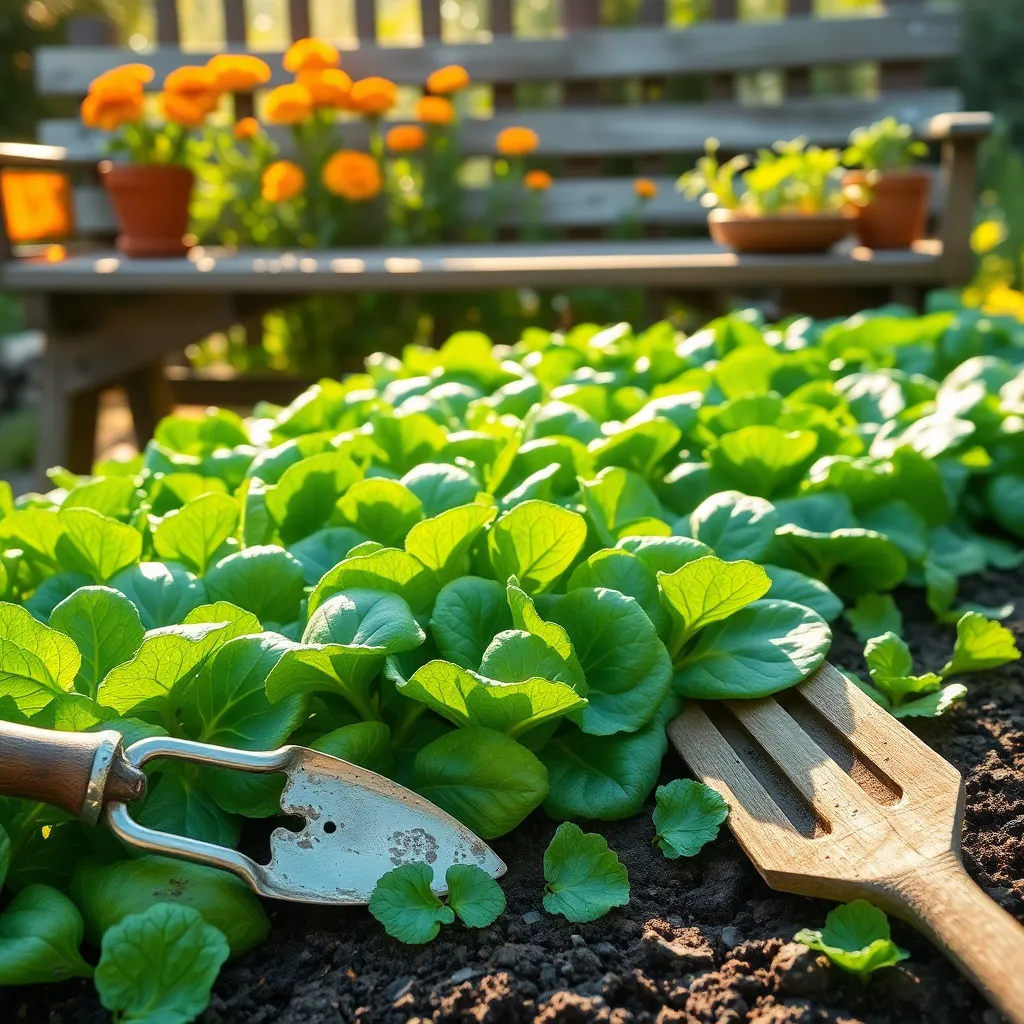
Spinach (Bloomsdale) is an excellent choice for backyard gardens, known for its rich flavor and robust growth. It’s ideal for beginners and seasoned gardeners alike because it thrives in various conditions and is relatively low-maintenance.
To plant Bloomsdale spinach, choose a site with well-drained soil and full sun for optimal growth. Prepare the soil by adding organic matter like compost to improve fertility and drainage, which helps the spinach grow vigorously.
Watering is crucial to spinach care, with a need for consistent moisture, especially during dry spells. Aim to water the spinach once a week, ensuring the soil remains moist but not waterlogged to prevent root rot.
For those looking to optimize their harvest, consider succession planting every 2-3 weeks. This technique will provide a continuous supply of fresh leaves throughout the growing season, allowing for multiple harvests.
If you’re interested in maximizing your Bloomsdale spinach yield, try interplanting with crops like radishes or carrots. These companions can enhance spinach growth by efficiently using space and resources, contributing to a thriving garden ecosystem.
Parsley (Italian Flat-Leaf)
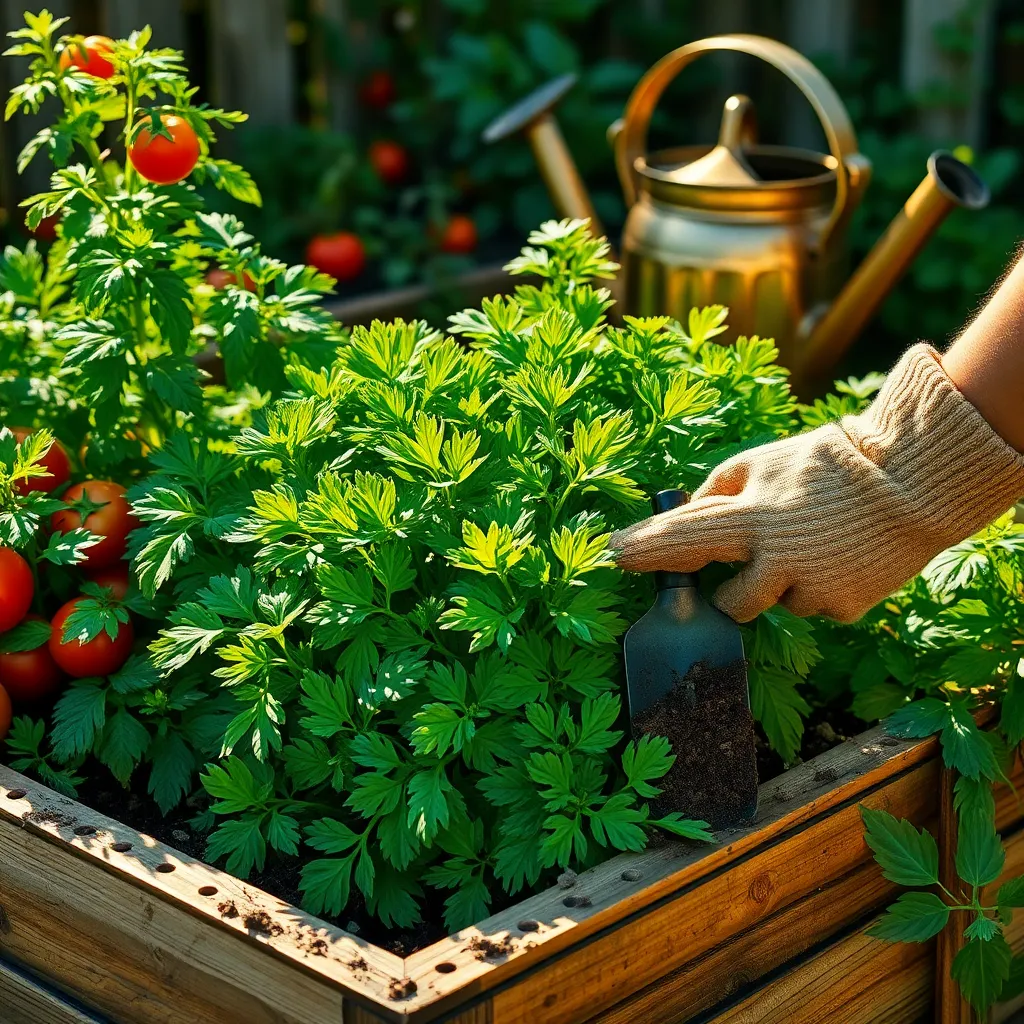
Italian Flat-Leaf Parsley is a vibrant and versatile herb that can thrive in your backyard garden with the right care. This variety is particularly prized for its robust flavor and ease of growth, making it a favorite among both novice and seasoned gardeners.
To cultivate Italian Flat-Leaf Parsley successfully, it’s best to plant it in well-draining, rich soil with a pH between 6.0 and 7.0. Ensure the location receives at least six hours of sunlight daily for optimal growth, although some partial shade is tolerable.
Watering is crucial for parsley, as the soil should be kept consistently moist without being waterlogged. A practical tip is to water deeply once or twice a week, allowing the top inch of soil to dry out between waterings to prevent root rot.
For those looking to boost their parsley crop, consider using a balanced, water-soluble fertilizer every four to six weeks. Regular harvesting encourages bushier growth; simply snip the outer leaves at the base, leaving the central stems intact to promote continued production.
Conclusion: Growing Success with These Plants
As you embark on your gardening journey, remember the five key relationship concepts that can transform your backyard into a thriving oasis: communication in the form of understanding plant needs, the importance of patience as your garden and relationships mature, the nurturing power of consistent care, the value of adaptability when challenges arise, and the joy of shared growth with loved ones. These insights not only cultivate a flourishing garden but also nurture stronger bonds in your relationships.
Now, take immediate action by selecting one vegetable from this list and committing to plant it this weekend. This simple step can enrich both your garden and your relationships as you share the experience with family or friends.
Don’t let this valuable information slip away—bookmark this article now, so you have these essential concepts at your fingertips whenever you need a reminder or a boost of inspiration.
Looking forward, remember that just like a well-tended garden, your relationships can blossom beautifully with care and attention. Empower yourself today to foster deeper connections and watch as both your garden and relationships flourish.

